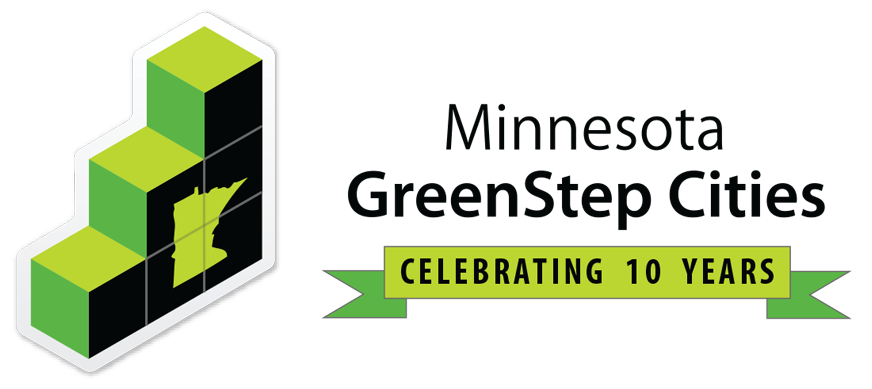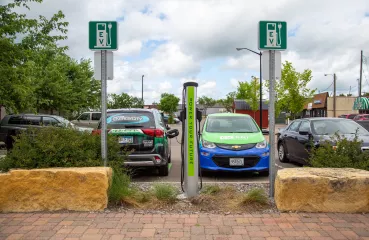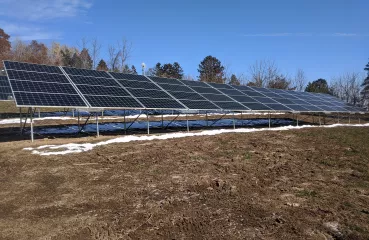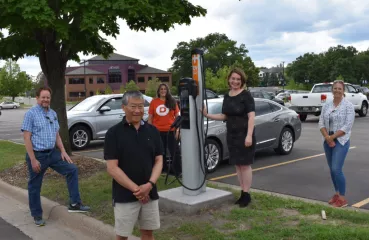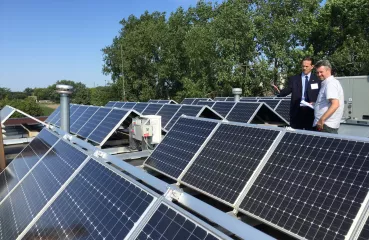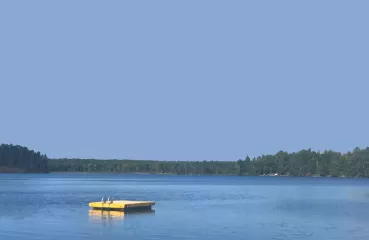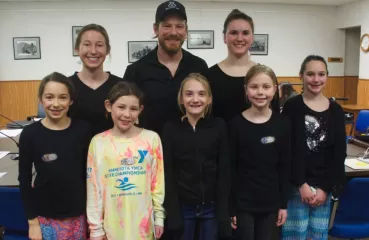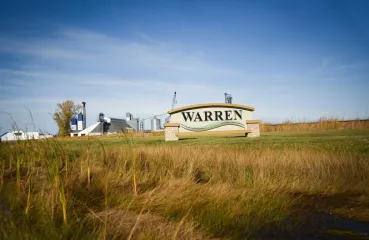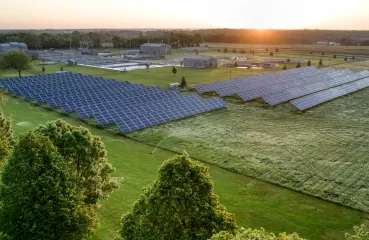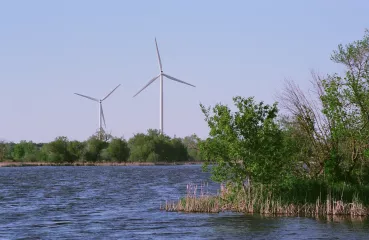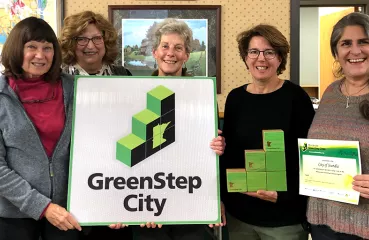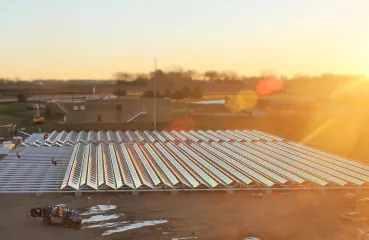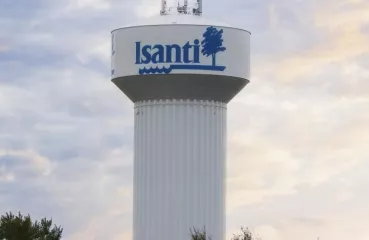Tom Hoff: The additions of paths, especially the paths from Marshall to Camden State Park and the bike lanes. Then Amanda, your work with the bike-loan program and bronze status for Bike-Friendly Community.
Amanda Beckler: Yes, the bikeshare program. So I’ve been with Marshall for a little over two years and one of the things that I would say—that I feel very proud of is getting that bikeshare program up and going and then also all the bike trails and everything we have throughout the community and it’s such a great asset for our community. The bikeshare program launched last year as of May 20th, 2019, and at that time we have nine Trek bikes that were out for public use. We were going to launch them, we were going to get them out, and then we had to pull them for this season due to COVID. But, we have plans for more bikes coming out; we have some 3-wheeled bikes coming out to meet the needs of the community. We’re very excited to be able to launch that next year, we hope.
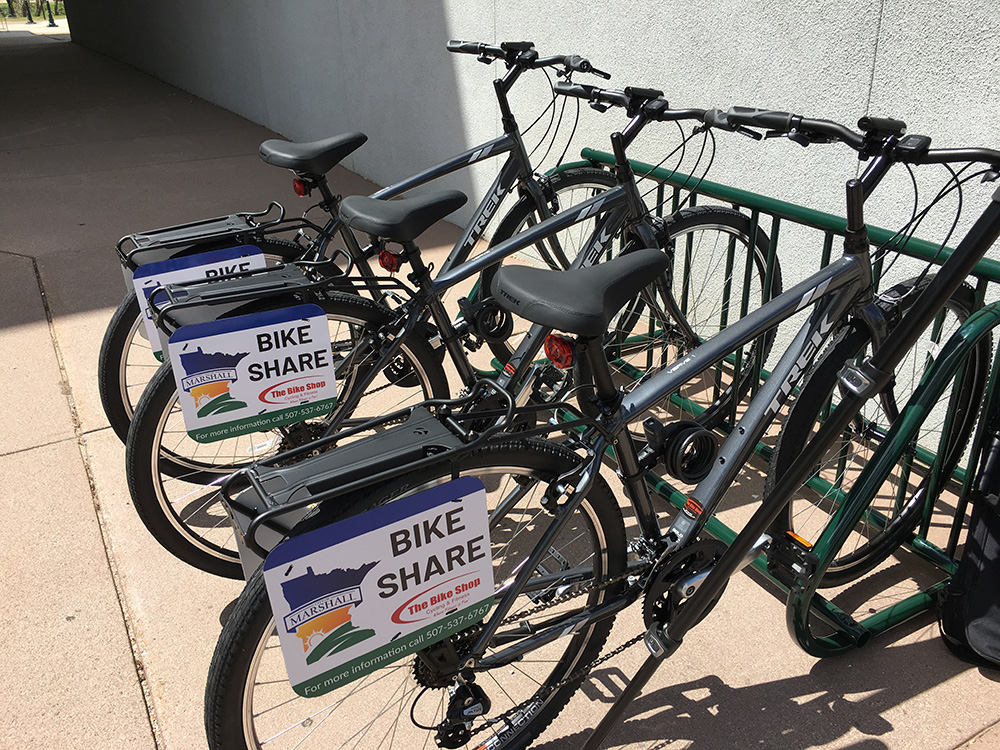
Amanda Beckler: I think another thing—and Tom you were a key player in it—is also the Healthy and Green Living Expo. I think it was a huge asset to the community as well in terms of the education and promotion side of healthy and green living and we never had anything like that in this community before. Between the Marshall GreenStep group and Healthy56258, there was a great partnership there. The partnership with Healthy56258 has been really key in implementing progressive initiatives such as the Expo. It’s fairly symbolic of how the Marshall community thrives in Southwest Minnesota.
Tom Hoff: The first year of the Expo we didn’t have the size of group we wanted; we also had a snowstorm that morning. We hope to continue and we had some obstacles and barriers that may be prevented from being as big as it could’ve been the first year, but generally speaking we think we had a great year. We were hoping to build on it from last year, but we had to pull the plug again due to the COVID outbreak—it was supposed to be in May.
See Best Practice Actions for more information on becoming a Bicycle Friendly Community (12.1), adding a bike-share (12.6), and hosting sustainability events (24.4).


